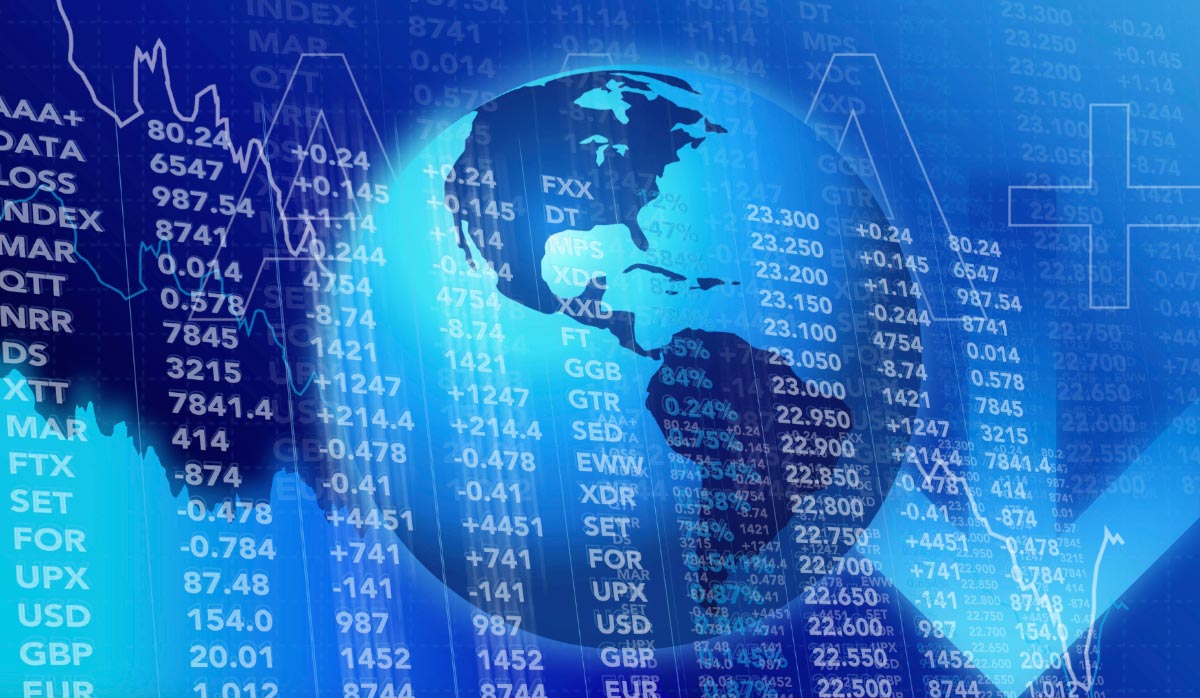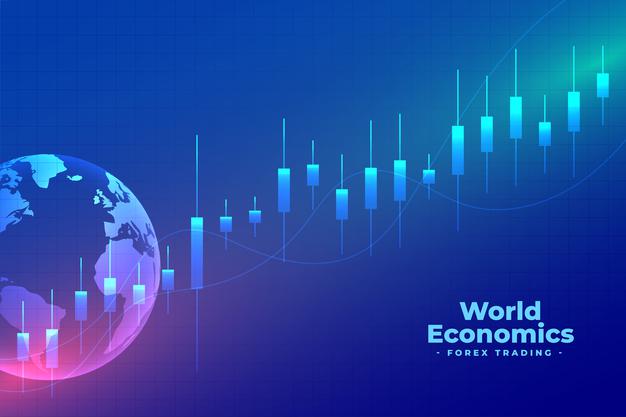After patenting cellulose-reinforced fibre cement in the late 1980s, the Australian company entered the North American market in 1990, establishing its business with the benefit of patent protection. In doing so, the company’s product line has become synonymous with the product category. The firm now enjoys 90% share in fibre cement siding in North America, its largest and most important market, with similar positions in Australia and New Zealand. Fibre cement siding possesses durability advantages and superior aesthetics over vinyl cladding, leading to vinyl’s market share eroding to about 26% today from around 39% in 2003. At this same time, fibre cement’s share has increased to 19%, almost entirely due to increased penetration for Hardie’s product.
Hardie’s siding product range is now in its seventh iteration of product innovation, known as HardieZone, under which the product formulation is tailored to the different climatic zones within North America, increasing durability. Meanwhile, the company assesses its competitors’ product as equivalent to somewhere near its second generation of product, which Hardie released in the mid-1990s. The continued reinvestment in R&D supports Hardie’s strong brand equity and thus perpetuates the price premium that Hardie’s range attracts.
Financial Strength
Balance sheet flexibility has improved markedly in early fiscal 2021 despite the economic shock delivered by the coronavirus pandemic. Hardie will return to its regular dividend policy from fiscal 2022 after regular dividends were suspended in early fiscal 2021 in response to the pandemic. Leverage–defined as net debt/EBITDA–stood at 1.0 times at the end of the first quarter of fiscal 2022.Hardie runs a conservative balance sheet with leverage typically within a targeted range of 1-2 net debt/EBITDA. With net debt/EBITDA of 1.0 at the end of the first quarter of fiscal 2022, significant headroom exists relative to Hardie’s leverage covenant, calibrated at a net debt/EBITDA of 3.
Therefore, Hardie has significant capacity to return surplus capital to shareholders.Hardie’s asbestos-related liability—the AICF trust–has a gross carrying value at fiscal 2021 year-end of USD 1.135 billion and remains an overhang. However, payments to fund the liability are capped at 35% of trailing free cash flow. Narrow-moat James Hardie is off to a flying start in early fiscal 2022 despite substantial inflationary pressures in raw materials and freight which, year-to-date, have shown little sign of abating. Our revised forecast sits slightly above the midpoint of Hardie’s upwardly revised full-year fiscal 2022 net income guidance range of USD 550 million-USD 590 million. Hardie continues to execute impeccably.
Hardie’s Growth
First-quarter North American fibre cement volumes rose 21%, tracking significantly above the broader market for exterior wall siding. Reflecting the year-to-date momentum in Hardie’s market share gains, we upgrade our full-year expectations for Hardie’s growth above the North American market index, or PDG, to 9.6% from a prior 7.9%. We lift per share our fair value estimate by 8% to AUD 34.20/USD 25.00, due to the recent depreciation of the Australian dollar. Accordingly, the North American softwood pulp price increased 23% in Hardie’s first quarter to USD 1,598 per tonne. Hardie continues to make progress against its cost savings targets under its ongoing lean manufacturing programme. We continue to expect achievement of USD 340 million in cumulative savings under the lean manufacturing programme by fiscal 2024, a USD 233 million increment over the USD 107 million in incremental cost-out achieved through to the end of fiscal 2021.
Bulls Say’s
- James Hardie’s clear leadership in the fibre cement category should drive growth in market share in the North American siding market. We forecast the company retaining its 90% share of the category, while fibre cement climbs to 28% of the total housing market.
- Hardie’s strong brand equity translates into pricing power, allowing for inflation in manufacturing costs to be easily passed on, thus protecting profitability in the face of imminent input cost inflation.
- The Fermacell acquisition could finally unlock Europe as an avenue of significant growth following market saturation in North America.
Company Profile
James Hardie is the world leader in fibre cement products, accounting for roughly 90% of all fibre cement building materials sold in the U.S. It has nine manufacturing plants in eight U.S. states and five across Asia-Pacific. Fibre cement competes with vinyl, wood, and engineered wood products with superior durability and moisture-, fire-, and termite-resistant qualities. The firm is a highly focused single-product company based on primary demand growth, cost-efficient production, and continual innovation of its differentiated range. With saturation of the North American market in sight, the acquisition of Fermacell in early 2018, Europe’s leading fibre gypsum manufacturer, will provide Hardie with a subsequent avenue of growth.
(Source: Morningstar)
General Advice Warning
Any advice/ information provided is general in nature only and does not take into account the personal financial situation, objectives or needs of any particular person.









